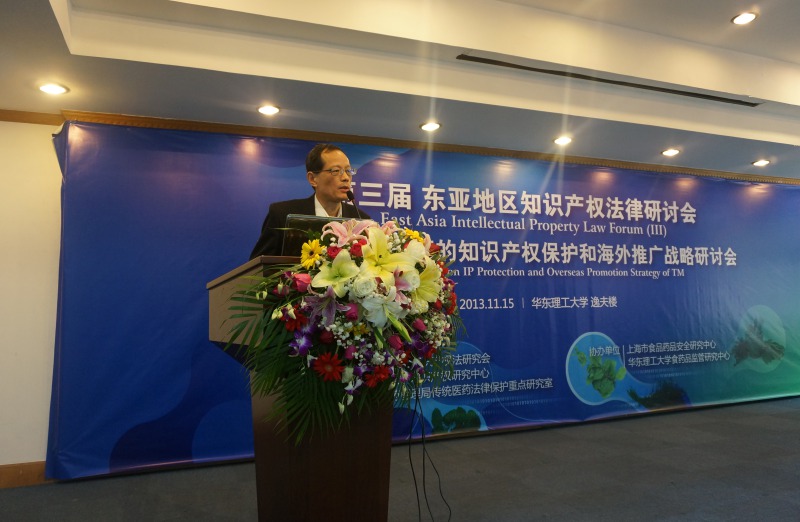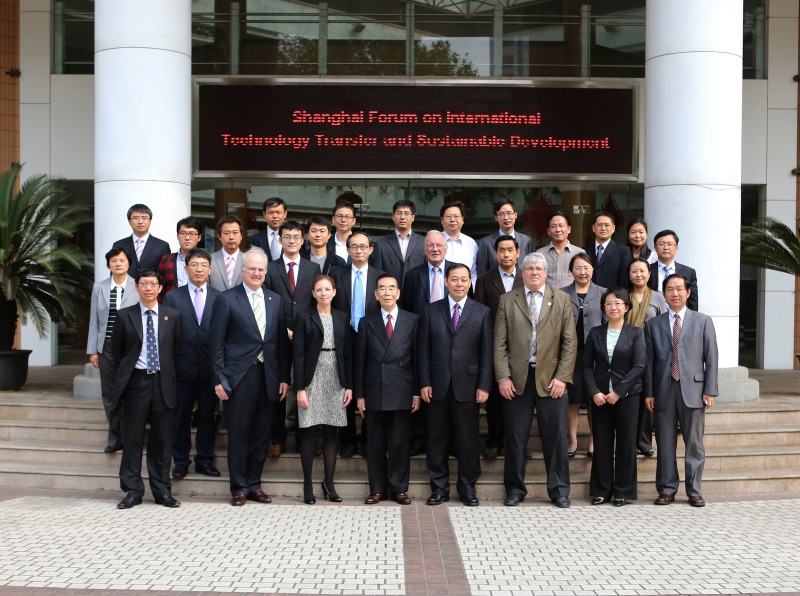Scientists Discovered the Role of Mediator in Regulating Asymmetric Stem Cell Division
In the model plant Arabidopsis thaliana, the GAI, RGA, and SCR (GRAS) family proteins SHORTROOT (SHR) and SCARECROW (SCR) orchestrate a transcriptional program that determines the fate and asymmetric divisions of stem cells generating the root ground tissue. The mechanism by which SHR/SCR relays context-specific regulatory signals to the Pol II general transcription machinery is unknown.
A team led by LI Chuanyou at Institute of Genetics and Development Biology of Chinese Academy of Sciences discovered the role of Mediator in controlling the spatiotemporal transcriptional output of SHR/SCR during asymmetric division of stem cells and ground tissue patterning.
They found that MED31, a subunit of the plant Mediator co-activator complex, bridges the communication between SHR-SCR and the RNA polymerase II general transcriptional machinery. MED31 and SHR bind to the same protein domain of SCR, and the relative abundance of MED31 and SHR determines the dynamic formation of a MED31/SCR/SHR ternary complex,which provides a tunable switch to strictly control the spatiotemporal transcriptional output.
As proof of concept, the researchers studied the role of the MED31/SCR/SHR ternary complex in controlling the spatiotemporal expression of the cell-cycle gene CYCD6;1 during ground tissue patterning. This study provided insight into the mechanisms by which master transcriptional regulators control organ patterning.
This work entitled “The Mediator subunit MED31 is required for radial patterning of Arabidopsis roots” has been published online on May 29, 2018 in PNAS (https://doi.org/10.1073/pnas.1800592115).
This work was supported by the Ministry of Science and Technology of the People's Republic of China, the National Natural Science Foundation of China, and the State Key Lab of Plant Genomics.
Source: Institute of Genetics and Development Biology
Time: 2018.06.16
next:Status of Plant Genetic Resources for Food and Agricultural in China(II)


